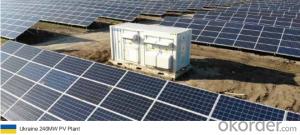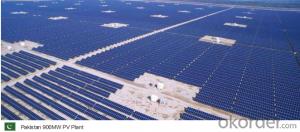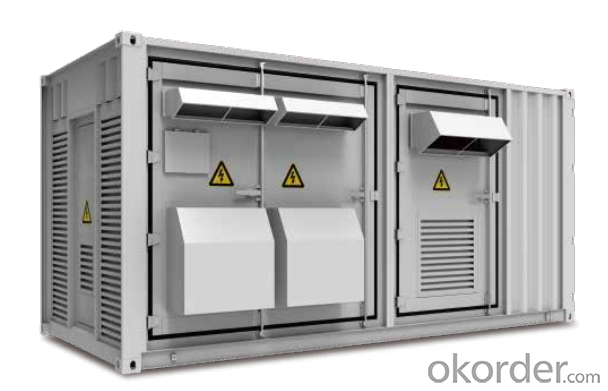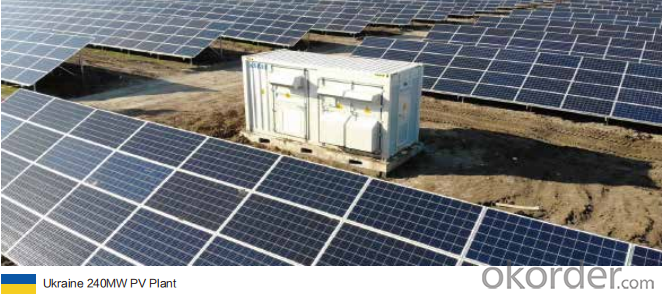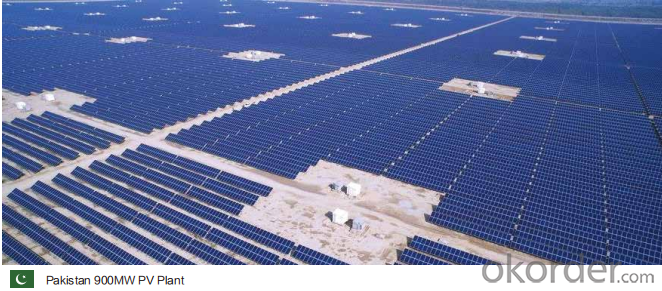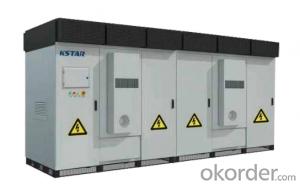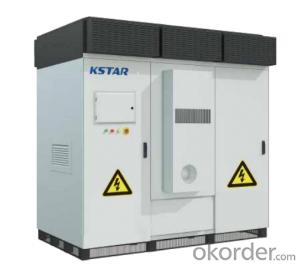Solar Inverter Prices:DC1500V Turnkey Solution/Inverter GSL2500C-MV
- Loading Port:
- China main port
- Payment Terms:
- TT OR LC
- Min Order Qty:
- 50 pc
- Supply Capability:
- 15000 pc/month
OKorder Service Pledge
OKorder Financial Service
You Might Also Like
Specification
Product Description:
★Max. PV voltage up to 1000V Max. 40 DC inputs
★IP54 outdoor protection Modular design for Easy maintenance
★Max. DC/AC ratio up to 1.5 Full power output under 50℃
★AGC/AVC Night SVG function LVRT/HVRT/FRT function
Technical Specifications:
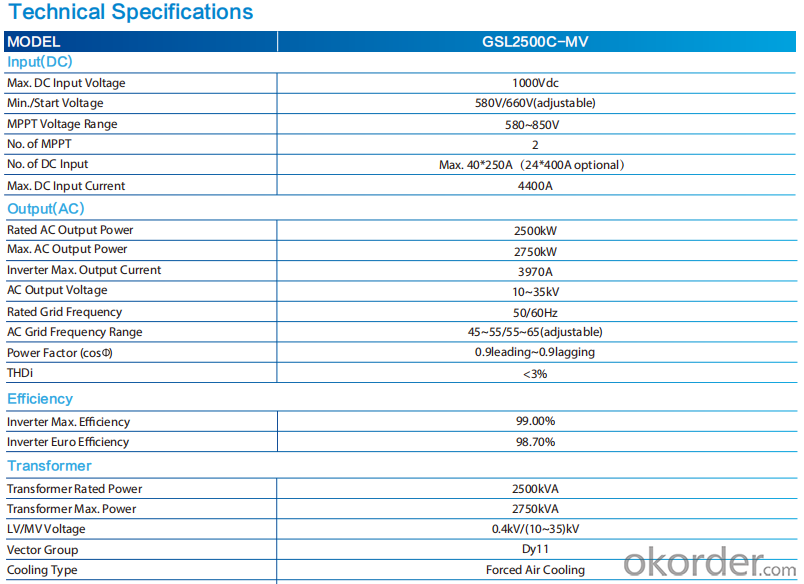
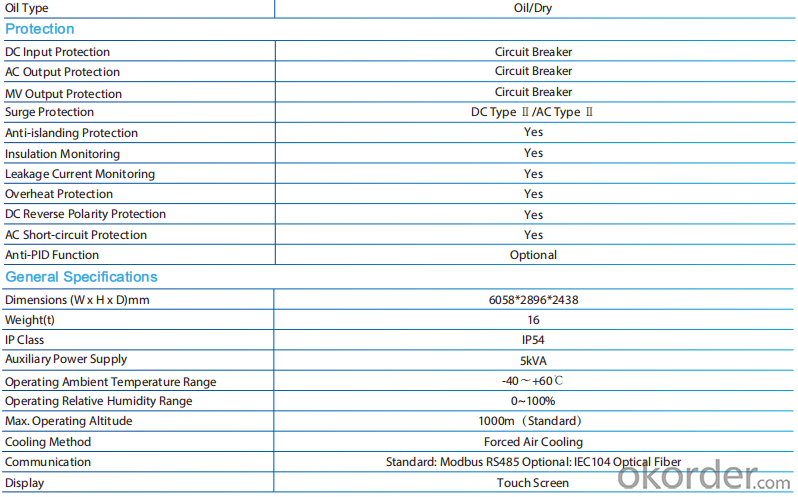
FAQ:
Q:How the output voltage of the PV inverter and the grid-connected voltage are determined
Inverter is the DC power (battery, battery) into alternating current (usually 220V, 50Hz sine wave). It consists of inverter bridge, control logic and filter circuit. Widely used in air conditioning, home theater, electric wheel, power tools, sewing machines, DVD, VCD, computer, TV, washing machine, range hood, refrigerator, video recorders, massage, fan, lighting and so on. In foreign countries
Q:Installation and maintenance of photovoltaic grid - connected inverter
only when the local power sector permission by the professional and technical personnel to complete all the electrical connection before the inverter can be connected.
Q:What is the difference between a PV grid-connected inverter and an off-grid inverter?
Off-grid inverter is equivalent to their own to establish an independent small power grid, mainly to control their own voltage, is a voltage source.
Q:After the PV inverter, how to achieve the same period before the network?
Solar panel simulator: with MPPT function, simulated morning, noon, afternoon, evening, rainy weather, solar panels produced under different conditions in different voltages.
Q:Is the PV inverter a current source or a voltage source?
According to the waveform modulation method can be divided into square wave inverter, stepped wave inverter, sine wave inverter and modular three-phase inverter.
Q:Photovoltaic grid-connected inverter without DC emc how will happen
Solar photovoltaic power generation technology is the use of solar cells, the photovoltaic effect of semiconductor materials, solar radiation can be directly converted into a new type of power generation system, solar energy is a radiant energy, solar power means --- to direct conversion of sunlight Into electricity,
Q:What is the difference between low voltage grid connection and medium voltage grid connection?
For photovoltaic power plants when the power system accidents or disturbances caused by photovoltaic power plant grid voltage drop, in a certain voltage drop range and time interval, the photovoltaic power plant can ensure that non-off-line continuous operation.
Q:Is the grid side of the grid and the inverter?
The grid load side of the grid is the grid. The inverter is an important part of the PV grid-connected system and can not be regarded as an external load. Photovoltaic power generation system is included in both grid and off-grid.
Q:PV grid-connected inverter and independent inverter in the control of what is the difference
The independent inverter in the output voltage phase amplitude of the frequency control is initially set good. Independent inverter, you should refer to off-grid inverter, do not need to consider the grid situation.
Product Images:
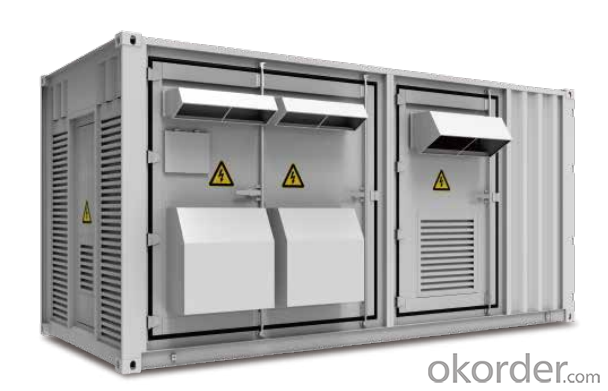
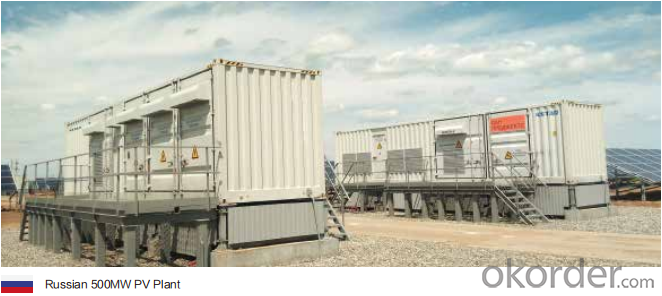
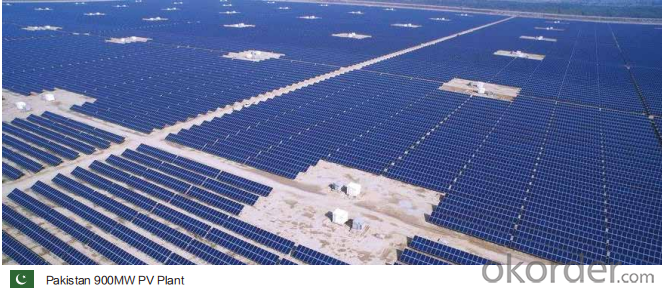


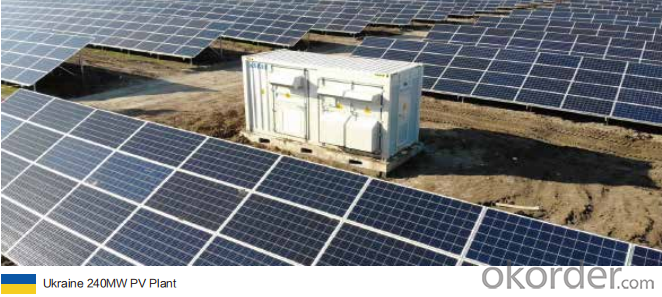
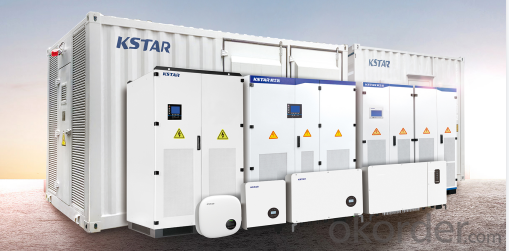
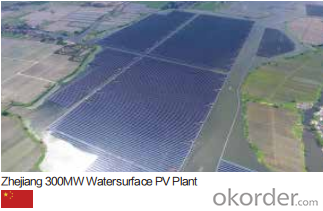
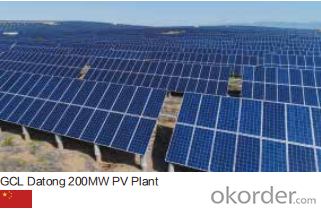
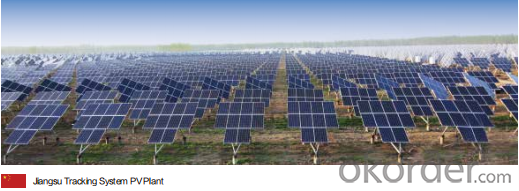
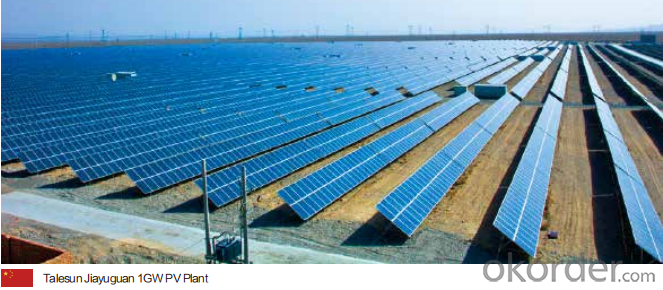
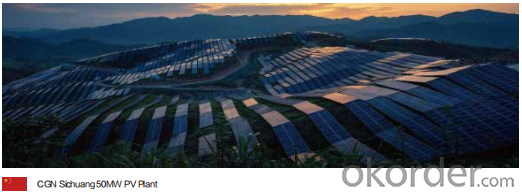


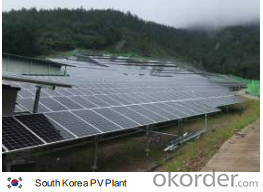
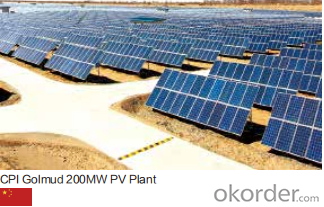

Production Process Photos:

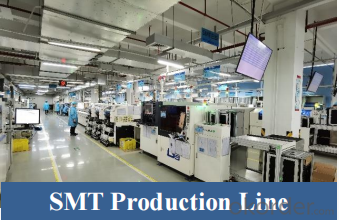
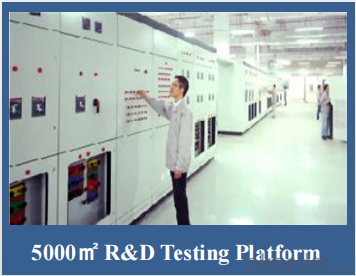
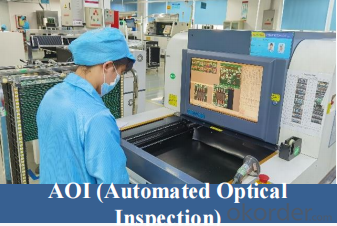
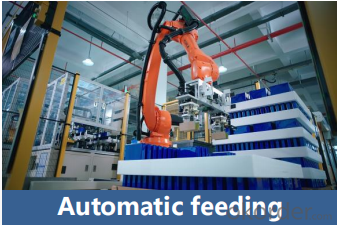
- Q: Can a solar inverter be used with a solar-powered greenhouse system?
- Yes, a solar inverter can be used with a solar-powered greenhouse system. A solar inverter is necessary to convert the direct current (DC) electricity generated by the solar panels into alternating current (AC) electricity that can be used to power the various components of a greenhouse system, such as fans, lighting, and irrigation systems.
- Q: How does a solar inverter work?
- A solar inverter works by converting the direct current (DC) electricity produced by solar panels into alternating current (AC) electricity that can be used to power household appliances and be fed into the electrical grid. It performs this conversion by using electronic components, such as transistors and capacitors, to change the voltage and frequency of the electricity. The inverter also monitors the solar panel's output and adjusts its operation to ensure optimal performance and efficiency.
- Q: How does a solar inverter handle variations in grid voltage?
- A solar inverter handles variations in grid voltage by constantly monitoring the voltage level of the grid. When there are fluctuations or variations in the grid voltage, the inverter adjusts its own output voltage accordingly to ensure a stable and consistent supply of electricity from the solar panels. This allows the inverter to efficiently convert the DC power generated by the solar panels into AC power that matches the grid voltage.
- Q: Can a solar inverter be used with solar-powered outdoor lighting?
- Yes, a solar inverter can be used with solar-powered outdoor lighting. A solar inverter is responsible for converting the DC (direct current) electricity produced by solar panels into AC (alternating current) electricity that can be used to power various devices, including outdoor lighting systems. This allows the solar-powered outdoor lighting to function efficiently and effectively.
- Q: How does a solar inverter handle shading or partial panel obstructions?
- A solar inverter handles shading or partial panel obstructions by utilizing maximum power point tracking (MPPT) technology. This technology allows the inverter to constantly monitor each individual solar panel's output and adjust the voltage and current to maximize power production. If shading or obstructions occur on one or more panels, the inverter can dynamically optimize the output of the unshaded panels, ensuring maximum efficiency and power generation despite the partial loss of sunlight.
- Q: Are there any disadvantages of using a solar inverter?
- Yes, there are a few disadvantages of using a solar inverter. Firstly, solar inverters are sensitive to extreme temperature variations, and their efficiency can be affected in very high or low temperature conditions. Secondly, solar inverters require regular maintenance and occasional replacement, which adds to the overall cost of the system. Additionally, solar inverters produce a small amount of electromagnetic interference (EMI) which can interfere with nearby electronic devices if not properly shielded. Lastly, solar inverters are grid-tied systems, meaning they rely on a stable electrical grid to function. In case of power outages or grid malfunctions, solar inverters may shut down and stop supplying power to the connected devices.
- Q: Can a solar inverter be used in a solar-powered electric vehicle charging station?
- Yes, a solar inverter can be used in a solar-powered electric vehicle charging station. A solar inverter is responsible for converting the Direct Current (DC) generated by solar panels into Alternating Current (AC) that can be used to charge electric vehicles. Therefore, it is an essential component in a solar-powered EV charging station, allowing the electricity generated from solar panels to be compatible with the charging needs of electric vehicles.
- Q: How does a solar inverter handle reactive power injection into the grid?
- A solar inverter manages reactive power injection into the grid through the use of power factor control techniques. It adjusts the phase relationship between the voltage and current to ensure that the power factor remains within acceptable limits. This is achieved by either absorbing or injecting reactive power as needed, helping to stabilize the grid and improve overall system efficiency.
- Q: Can a solar inverter be used for both grid-tied and off-grid systems?
- Yes, a solar inverter can be used for both grid-tied and off-grid systems. However, it is important to note that there are different types of solar inverters designed specifically for each system. Grid-tied inverters are designed to convert DC power generated by solar panels into AC power and feed it into the grid, while off-grid inverters are designed to convert DC power into AC power for use in standalone systems not connected to the grid.
- Q: Are there any government incentives available for solar inverters?
- Yes, there are government incentives available for solar inverters in many countries. These incentives are aimed at promoting the adoption of renewable energy and reducing carbon emissions. One common incentive is the solar investment tax credit (ITC) in the United States, which allows homeowners and businesses to deduct a percentage of their solar installation costs from their federal taxes. In some countries, such as Germany, there are feed-in tariffs that require utility companies to pay a premium for the electricity generated by solar inverters. Additionally, some local governments offer grants or rebates for installing solar inverters or offer low-interest loans to finance the purchase and installation of the equipment. It is important to check with your local government or relevant authorities to understand the specific incentives available in your region.
Send your message to us
Solar Inverter Prices:DC1500V Turnkey Solution/Inverter GSL2500C-MV
- Loading Port:
- China main port
- Payment Terms:
- TT OR LC
- Min Order Qty:
- 50 pc
- Supply Capability:
- 15000 pc/month
OKorder Service Pledge
OKorder Financial Service
Similar products
Hot products
Hot Searches
Related keywords

